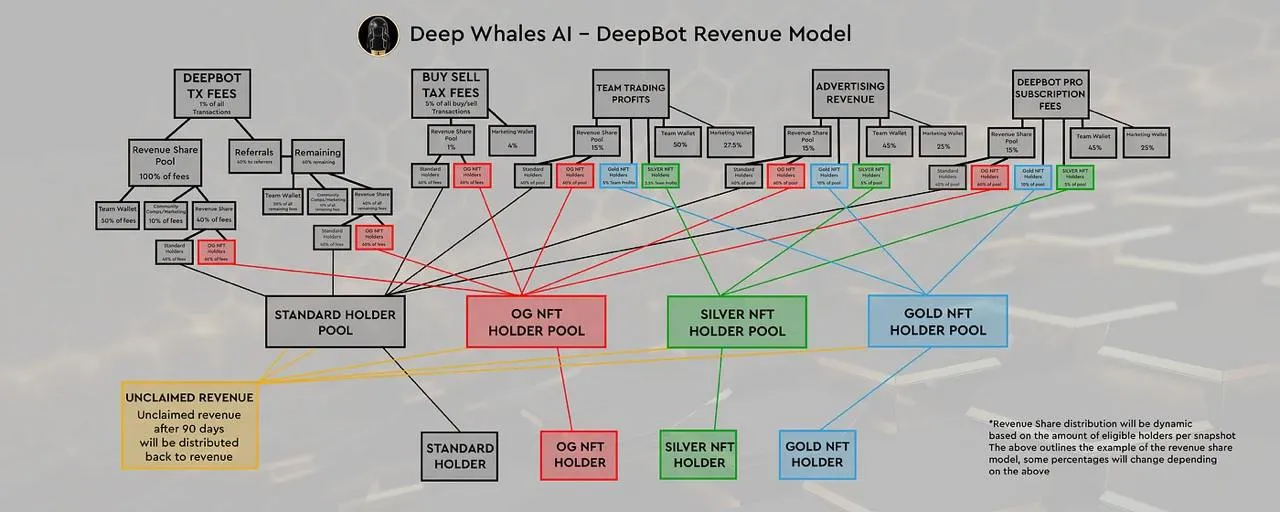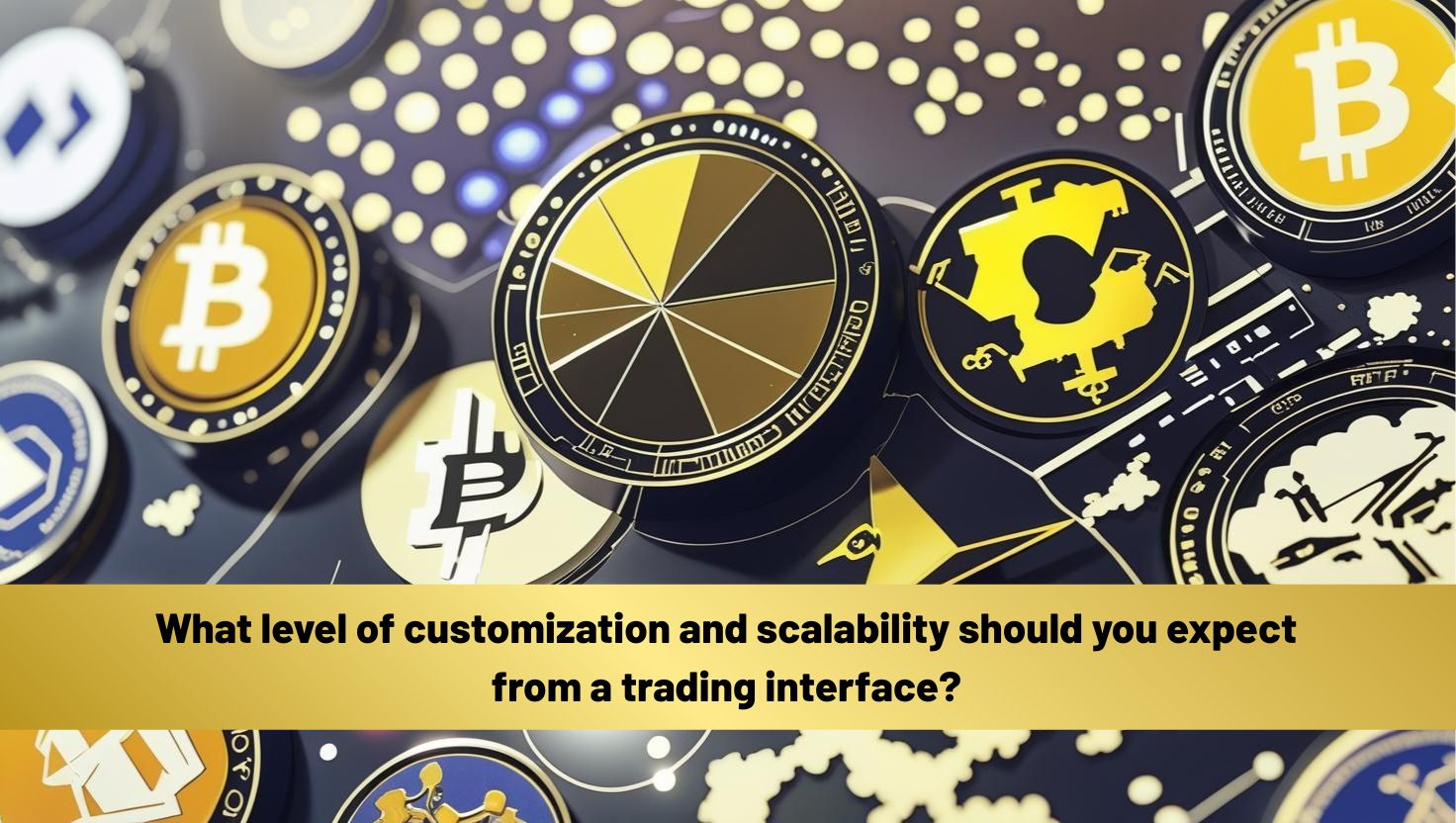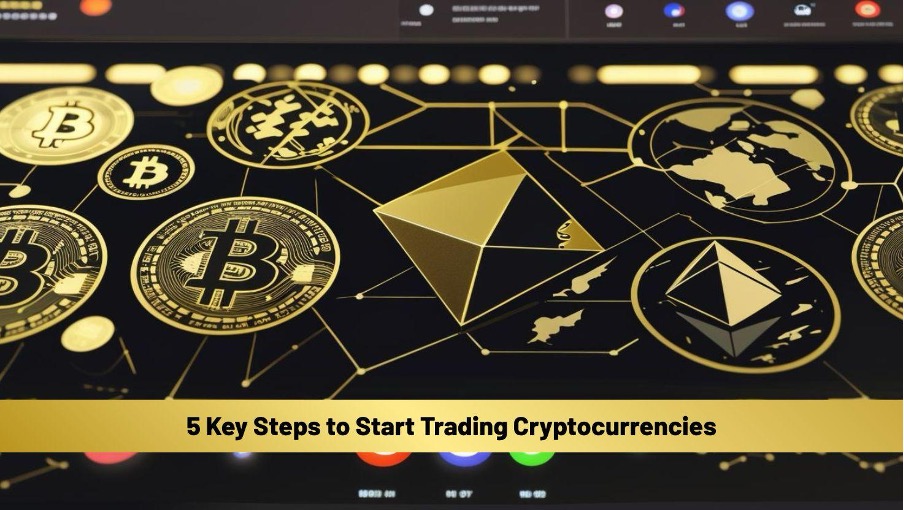We pour immense intellectual capital into designing elegant decentralised technologies. We architect sophisticated protocols, craft intricate tokenomics, and build powerful applications. Yet, when it comes to the crucial question of monetisation, we often default to a blueprint inherited from a world we claim to be disrupting: the rigid, transactional model of Web 2.0. Subscriptions, licenses, flat fees—these are the blunt instruments of a centralised era, designed for a simple value exchange, not for fostering a living, breathing ecosystem.
This reliance on an outdated playbook creates a subtle but persistent friction. It establishes a zero-sum dynamic between the platform, its creators, and its users. The platform seeks to maximise recurring revenue, the user seeks to minimise cost,
and the independent creator is often relegated to a secondary role. In a space like Web3, where the core ethos is one of collaboration, shared ownership, and aligned incentives, is this legacy model not just suboptimal, but fundamentally contradictory?
What if the most powerful component of a decentralised platform wasn't its code, but its economic design? What if, instead of simply charging for access, we could architect a system where revenue itself becomes the catalyst for innovation,
collaboration, and trust? The challenge is to move beyond mere transactions and engineer a truly symbiotic economy—a system where the success of one participant is inextricably linked to the success of all.
The Tyranny of the Subscription and the Quest for Alignment:
The subscription model, for all its predictability, is a surprisingly poor fit for the dynamic world of high-performance tools. It presupposes a static value proposition. A user pays a fixed fee regardless of whether the tool delivers exceptional, average, or subpar results. This immediately creates a misalignment. The user carries all the performance risk, while the provider is incentivised to focus on customer acquisition and retention rather than on the continuous, radical improvement of their product's core utility.
In an ecosystem of AI-driven trading tools, this flaw is magnified to a critical degree. The value of an AI agent is not in its mere existence, but in its performance. An agent that consistently generates alpha is exponentially more valuable than one that breaks even. Why, then, should they be priced the same? Furthermore, how does a subscription model incentivise a brilliant independent developer to contribute their most innovative work to a platform? They are forced to become marketers of their own product, rather than masters of their craft.
A truly intelligent ecosystem requires an economic engine that mirrors its technical ambitions. It needs a system that is fluid, meritocratic, and performance-driven. It needs a model that doesn't just permit collaboration but actively rewards it, creating a powerful flywheel where the collective pursuit of excellence generates shared prosperity
Engineering a Meritocracy: The Revenue Share Paradigm.
Imagine a radically different framework. A system where there are no subscriptions, no upfront fees for access to premium tools. Instead, the economic model is built entirely around a single, transparent principle: shared success. This is the essence of a performance-based revenue share model, an economic design that fundamentally re-engineers the relationship between platform, creator, and user.
In this paradigm, the platform evolves from a simple vendor into the host of a
competitive, meritocratic arena. Here’s how the incentives align:
-For the AI Developer (The Creator): Their path to revenue is no longer about marketing prowess or brand building. It is about pure, demonstrable performance. A developer contributes their specialised AI agent—be it for risk management, sentiment analysis, or trend identification—to the ecosystem. Their compensation is a direct percentage of the profits that their specific agent helps to generate for the end-user. This creates the ultimate incentive for excellence. It unleashes a wave of innovation, as developers from around the world compete to build the most effective, most intelligent, and most profitable tools.
-For the Trader (The User): The dynamic of risk is inverted. Users gain access to a diverse, ever-expanding marketplace of institutional-grade AI agents without prohibitive upfront costs. They are no longer betting on a promise; they are paying for results. If the tools they select perform well, a portion of the profit is shared with the creator and the platform. If the tools do not perform, the cost is minimal. It transforms the user from a passive customer into an active curator, able to assemble their own bespoke portfolio of AI strategists.
-For the Platform (The Ecosystem): The platform's success is a direct consequence of the value it facilitates. Its revenue grows only when its users and creators are thriving. This forces the platform to focus on what truly matters: attracting the best developer talent, providing a secure and robust infrastructure, and fostering a transparent and fair environment. It becomes a true partner, invested in the prosperity of its entire community.
This model is more than a pricing strategy; it is a governance protocol. It uses economic incentives to ensure that the entire ecosystem is constantly striving towards greater intelligence, efficiency, and value creation. It is the engine of a self-improving system, where collaboration is not just encouraged, but is the very source of its economic vitality.




